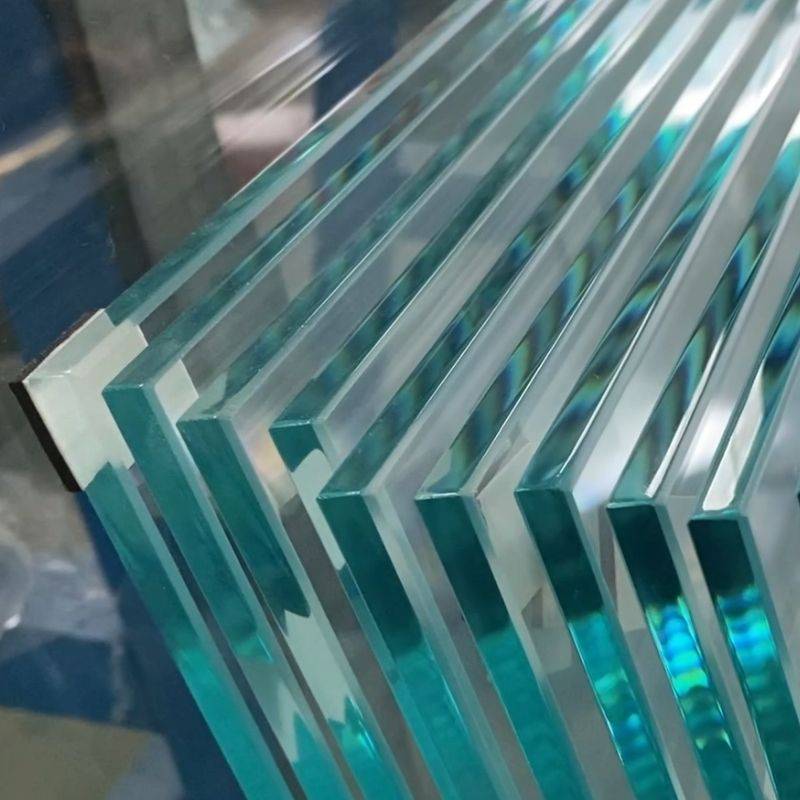

Understanding Frosted Glass Pricing Factors and Considerations
Frosted glass, known for its distinctive appearance and ability to diffuse light while maintaining privacy, has become a favored choice in both residential and commercial settings. As the demand for this stylish material grows, so too does the need to understand the factors that influence frosted glass pricing.
What is Frosted Glass?
Frosted glass is created through a process that involves sandblasting or acid etching, which results in a translucent finish. This unique texture not only obscures visibility but also adds an elegant touch to various installations, such as bathroom windows, office partitions, and decorative displays. The versatility and aesthetic appeal of frosted glass make it a popular choice among architects and designers.
Key Factors Influencing Pricing
1. Material Quality The type of glass used significantly impacts the price. Frosted glass can be made from standard float glass, tempered glass, or laminated glass. Standard float glass is generally the most affordable option, while tempered glass, known for its strength and safety features, tends to be more expensive. Laminated glass, which combines two or more layers with a plastic interlayer for added security, also falls on the higher end of the price spectrum.
2. Thickness of the Glass The thickness of the glass panel plays a crucial role in pricing. Thicker glass not only provides better durability but also can enhance sound insulation and energy efficiency. As the thickness increases, so does the cost, making it essential to balance quality with budget considerations.

3. Size and Shape Customization is another critical factor in frosted glass pricing. Standard sizes are often more affordable, while custom shapes and sizes can lead to increased costs due to additional cutting and processing requirements. Projects that necessitate intricate designs or specific dimensions will usually require a higher budget.
4. Finishing Techniques The method used to create the frosted effect can also influence the price. Sandblasting and acid etching are commonly used techniques that vary in cost based on the complexity and labor involved. More elaborate designs, including patterns or gradients, will command higher prices due to the additional time and skills required.
5. Installation Costs The overall price of frosted glass also includes installation. Professional installation may be necessary to ensure that the glass fits securely and safely, particularly for larger or heavier panels. Installation costs can vary based on geographic location, the complexity of the installation, and the company's expertise.
6. Market Demand and Supply Like any commodity, the price of frosted glass is affected by market dynamics. Fluctuations in demand—often driven by trends in interior design—can lead to price increases. Additionally, disruptions in the supply chain, such as material shortages or transportation issues, can also impact costs.
Conclusion
In summary, the price of frosted glass is influenced by a myriad of factors, including material quality, thickness, size and shape, finishing techniques, installation, and prevailing market conditions. For consumers and business owners considering frosted glass for their next project, it's essential to evaluate these elements carefully. By understanding the components that contribute to pricing, you can make informed decisions that align with both your aesthetic desires and budgetary constraints. Whether used in home renovations or commercial setups, frosted glass remains a timeless choice that balances beauty with functionality, making it a worthwhile investment.